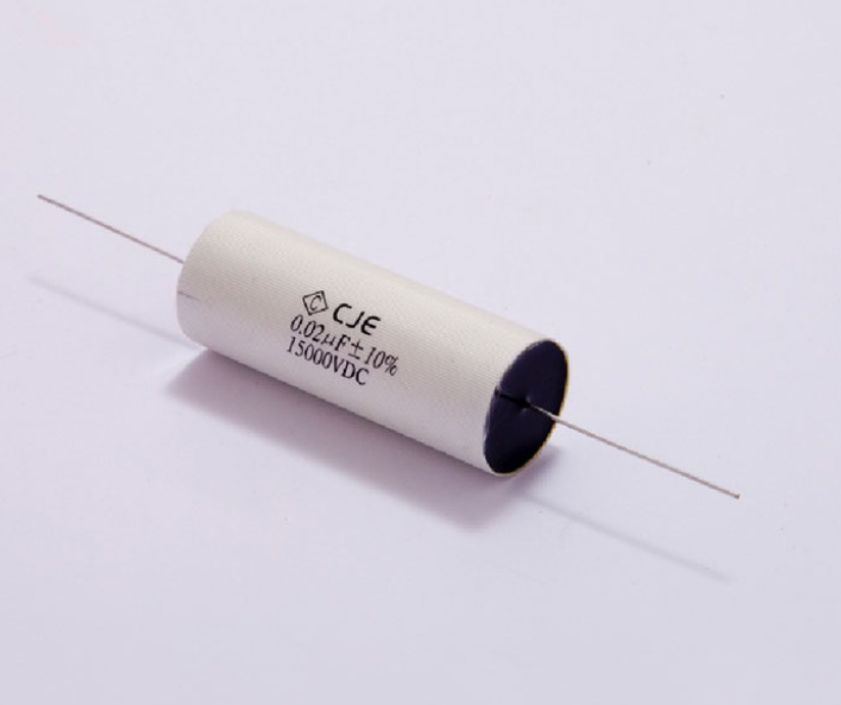October 28, 2024 – In the realm of electronic components, polymer film capacitors are emerging as a top choice for various industries, including new energy and home appliances, due to their unique advantages. Notably, Polyphenylene Sulfide (PPS) plastic plays a pivotal role in these capacitors, serving both as a lightweight housing and as a base film that enhances thermal resistance.

Despite their relatively low energy density, dielectric capacitors boast extremely high power density, with charge and discharge rates reaching microsecond levels and cycle lives far surpassing those of batteries. This makes them indispensable in high-power applications, particularly in the field of pulsed power, as evidenced by their use in military equipment pulse power supplies.
According to AsiaMB’s insights, film capacitors are primarily composed of metal electrodes, polymer substrates, conductors, and encapsulating resins. Among these components, the substrate is the core, determining the final performance of the capacitor. Currently, the market is dominated by polymer dielectrics such as Biaxially Oriented Polypropylene (BOPP) and Polyimide (PI), with PPS gaining increasing attention due to its exceptional properties.
Film capacitors exhibit broad application prospects across multiple sectors. In home appliances, lighting, and power transmission, they are indispensable components due to their high breakdown field strength and long lifespan. Additionally, in the new energy sector, including photovoltaic and wind power, as well as new energy vehicles, film capacitors play a crucial role. Particularly in new energy vehicles, film capacitors are gradually replacing aluminum electrolytic capacitors as key components in electronic control systems.
The global film capacitor market presents a diversified competitive landscape. Overseas enterprises like Panasonic and TDK occupy leading positions due to their first-mover advantage and technological prowess, while domestic companies such as Faratronic and Jianghai Capacitor are rapidly rising, capturing a significant market share. With the rapid development of domestic home appliances, industrial control, and new energy sectors, film capacitor production and consumption are gradually shifting towards China.
Looking ahead, the demand for film capacitors is expected to continue growing. On one hand, the booming new energy vehicle industry will significantly drive the demand for film capacitors. On the other hand, the proliferation of clean energy sources such as photovoltaic and wind power will provide vast market opportunities for film capacitors. However, the limitations of film capacitors cannot be ignored, particularly the need to improve the energy density and high-temperature resistance of polymer dielectrics.
Currently, both academia and industry are striving to overcome these limitations through material design and technological innovation. For instance, efforts are being made to enhance energy density by increasing dielectric constant and breakdown field strength, and to optimize high-temperature performance by selecting high-temperature-resistant non-polar linear polymers as dielectric materials. These endeavors will lay a solid foundation for the future development of film capacitors and propel their application in more fields.














